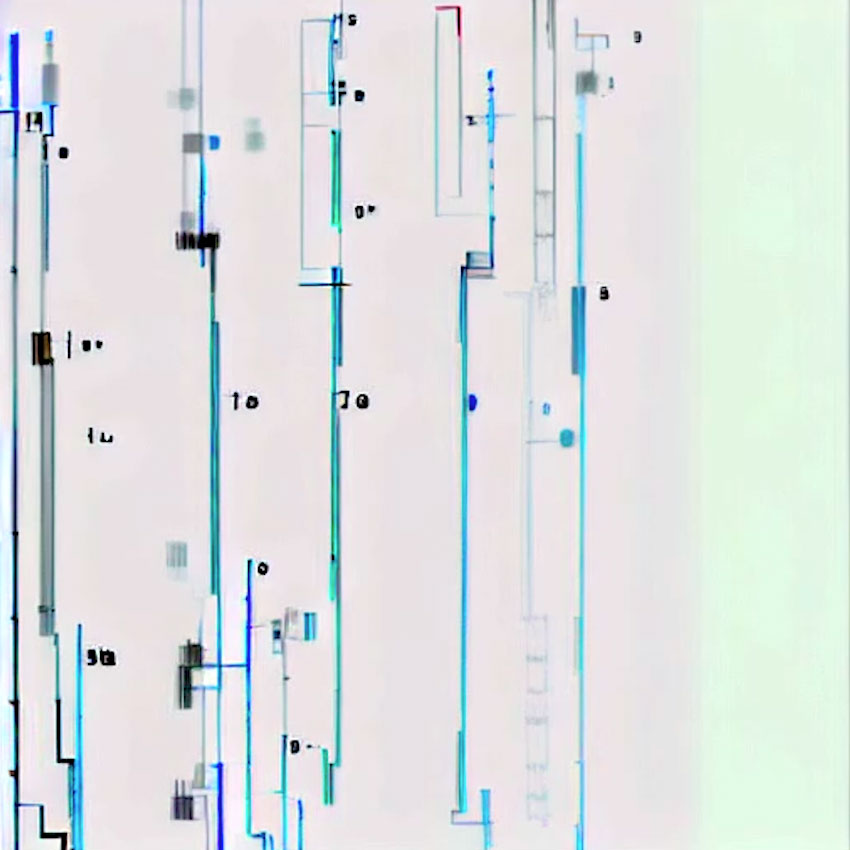I realised that instead of Atlas and 16mm, I could use Ai and 16mm. Ai also felt right, since my research has shown that Tony and Atlas created the first computer-generated ‘illusion of life’.
The clip above is something I posted online in celebration of The Flexipede’s 55th birthday. It’s some scratches on a Flexipede print, a few frames before the creature walks on screen and opens it’s spiral-shaped eye for the first time, reacting to something onscreen and thus appearing sentient.
I put the scratches into Stable Diffusion Ai via Google Colab, which runs PyTorch – spent a while on some coding forums looking like an eejit – and then added the prompt ‘illusion of life’. Essentially what you see here is Flexipede footage remixed by Ai. Personally, I like that it looks a little like musical notation. I love that this collaboration references Tony’s crediting of Atlas in The Flexipede titles.
Of course, Tony knew EXACTLY what he wanted to ‘make the computer do’. Using a text to image diffusion model is a whole different kettle of rabbits (I was trying to type ‘fish’ but the computer opted for ‘rabbits’). Just how much I use Ai will be something I discover during making, I think.

